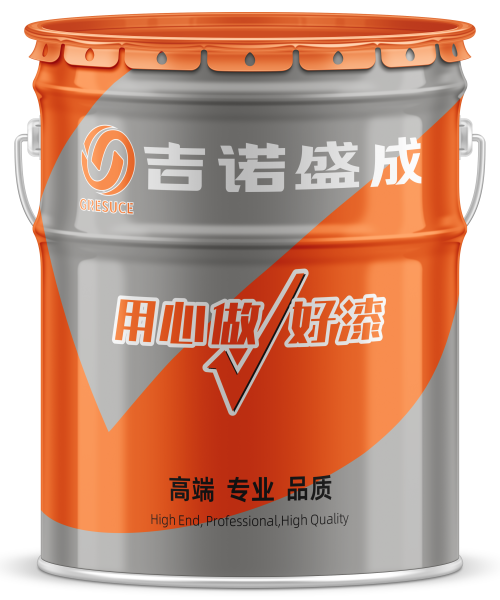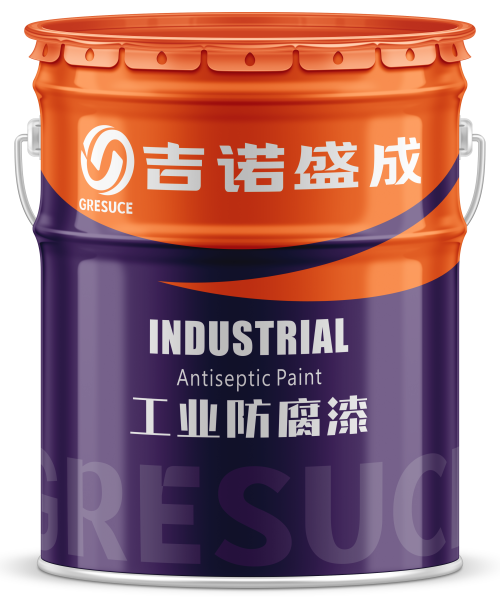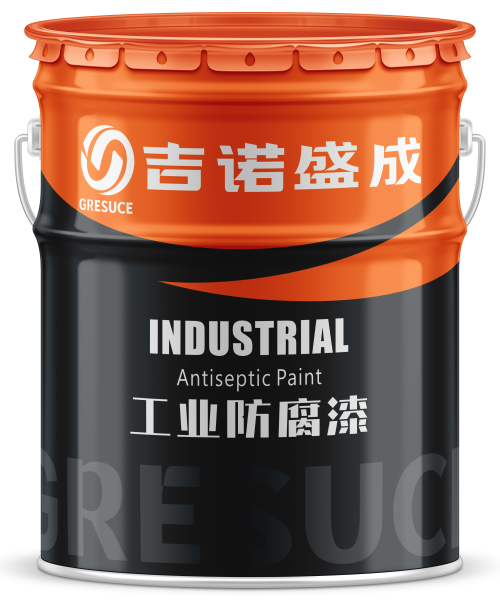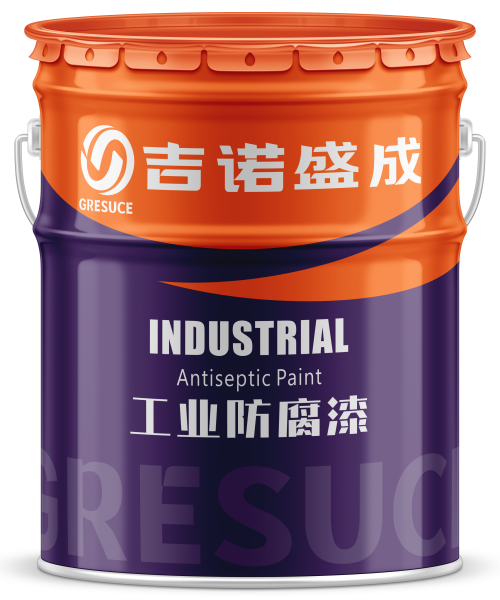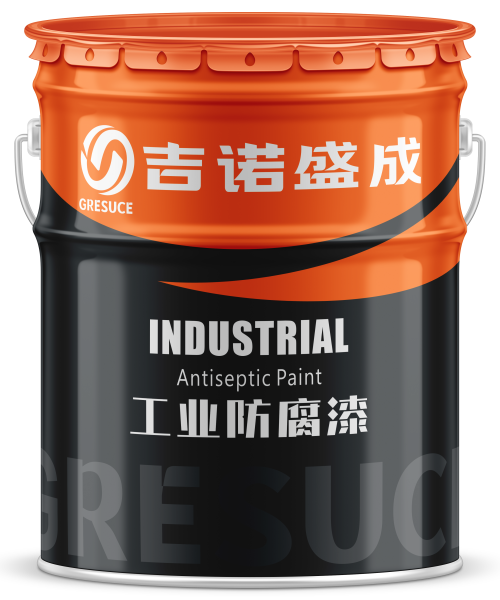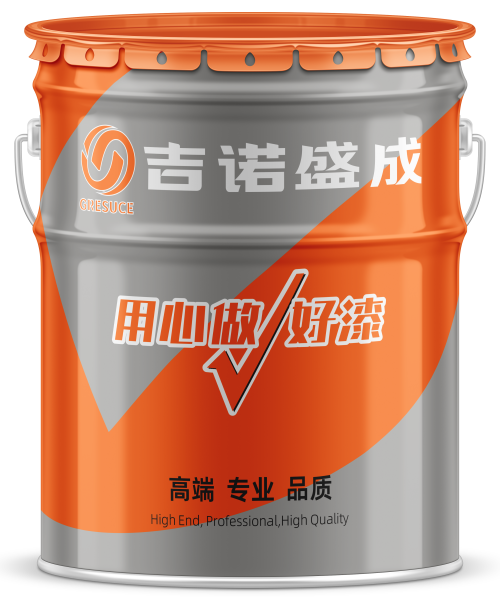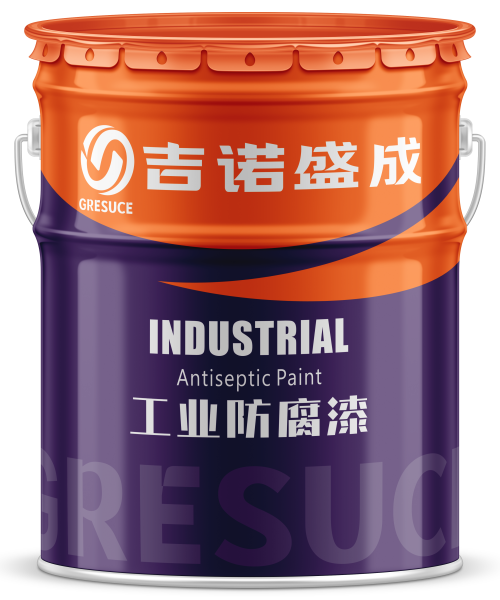It achieves this by forming a protective layer over the stainless steel surface.
Stainless steel paint typically possesses the following characteristics:
1.Corrosion Resistance: The coating formed by stainless steel paint effectively prevents corrosion and oxidation caused by exposure to air, water, or other corrosive substances.
2.Heat Resistance: Some stainless steel paints are capable of withstanding high temperatures, maintaining stability without peeling or discoloration in hot environments.
3.Wear Resistance: The application of paint on stainless steel surfaces provides an additional protective layer, making the stainless steel more resistant to wear and reducing scratches and abrasions.
4.Aesthetic Appeal: Stainless steel paint offers a variety of color and finish options, enhancing the visual appeal and diversity of stainless steel surfaces to meet different design requirements.

The use of stainless steel paint helps to extend the lifespan of stainless steel materials, improving their durability and decorative effect. However, when selecting and using stainless steel paint, attention should be paid to the quality, suitability, and safety of the product.
●Light Metal Specialty Paint has strong adhesion, ensuring long-lasting durability on various light metals. It offers robust anti-corrosion capabilities and high resistance to weathering and salt spray, meeting the anti-corrosion needs in harsh and extreme environments.
Stainless steel paint itself is not inherently toxic. However, during the application process, if proper safety measures are not taken, harmful substances such as volatile organic compounds (VOCs), benzene, formaldehyde, and others may be released. These substances can pose potential health risks to operators, necessitating appropriate protective measures such as ensuring adequate ventilation, wearing protective gloves, and donning protective clothing.
Moreover, the quality and performance of stainless steel paint can also be compromised by improper storage, transportation, and usage. For instance, prolonged exposure to high temperatures, humidity, or direct sunlight may lead to the deterioration of the paint, thereby affecting its performance and safety. Therefore, when using stainless steel paint, it is advisable to adhere to the product instructions and safety operation procedures to ensure safety and effectiveness.
In summary, while stainless steel paint is not a toxic substance in itself, the application process can generate harmful substances if appropriate safety measures are not observed. Hence, it is crucial to pay attention to safety and protective issues during the operation.



